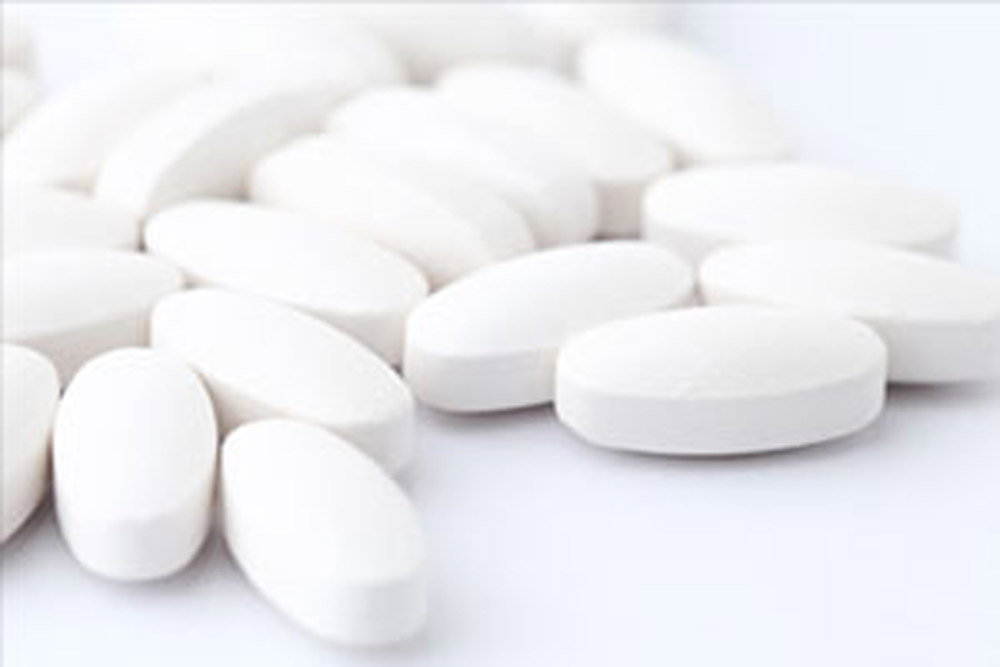Why potassium iodide pills are not the only consideration for nuclear radiation protection
Ontario Tech University professors say public awareness is the most important preparation strategy
January 23, 2020

In the aftermath of the January 12 false alarm about a possible ‘incident’ at the Pickering nuclear power plant, there’s been much discussion about the serious issue of public confidence in emergency communications.
Although the alarm was triggered in error during a routine training exercise, the emergency message almost immediately generated a skyrocketing demand for access to potassium iodide (chemical symbol KI) pills in Ontario. Public health units received tens of thousands of orders for KI, a salt pill that when ingested, inhibits the thyroid gland from absorbing radiation in the unlikely event of a radiation leak from a nuclear facility.
Potassium iodide is a familiar term to many Ontarians who live near nuclear power plants. For decades, stocks of KI pills have been supplied to pharmacies and institutions like schools, daycares, and police and fire departments.
In 2014-2015, the Canadian Nuclear Safety Commission (CNSC) mandated KI pills be delivered to all homes and workplaces near nuclear plants. Pills are now available to residents within 10 kilometres of a nuclear plant and upon request to everyone within a 50 kilometre radius.
Public misconception about KI pills?
Two Ontario Tech University researchers in the Faculty of Energy Systems and Nuclear Science are concerned there may be some public misconception about KI pills. Dr. Ed Waller and Dr. Anthony Waker say the distribution and availability of KI pills are just one small part of a larger emergency response and public protection plan.
“KI pills only block one element (iodine) from being absorbed in the thyroid, but some interpret them as being magical anti-radiation pills,” said Professor Waller, NSERC/UNENE Industrial Research Chair in Health Physics and Environmental Safety. “They do not block or absorb radiation. They saturate the thyroid gland with non-radioactive iodine, so that when radioactive iodine is present, it does not readily get absorbed. In a hypothetical release, there will be many more radionuclides in the atmosphere that KI pills will do nothing for.”
In addition to radioactive iodine (predominantly isotope Iodine-131, with a half-life of about eight days), there would also potentially be quantities of Strontium-90, Cesium-134 and Cesium-137, which were widely detected sources of radiation following the 1986 Chernobyl nuclear accident in Ukraine.
“People need to understand the exact purpose for using KI pills, because they may otherwise be overconfident that they do more than their purpose,” said Professor Waker. “Children are most vulnerable to thyroid cancer. Schools and daycares already have stockpiles of KI pills and parents can preauthorize their administration in the event of an accident. But the timing of KI administration and dosage size are quite critical in its effectiveness.”
KI pills have a shelf-life of about seven years.
Be educated: ‘Sheltering in a place’ may be safer than evacuating
Many believe the best strategy is the event of a radiation leak is to ingest a KI pill and/or try to drive or travel a great distance somewhere. In some cases, staying put and staying sheltered may be a far safer choice than evacuating. The Ontario Tech researchers say educating people on prudent protective actions (such as sheltering in a place), might be a better preparedness strategy.
“Because the isotope Iodine-131 decays very rapidly, proper sheltering techniques would be hugely important in reducing the public’s exposure,” says Dr. Waker. “Weather conditions, especially wind, wind speed and wind direction would also be enormous factors affecting the path and potential impact of a released radioactive plume. Rain could precipitate particulates to the ground faster. In some scenarios, staying sheltered may be a far safer choice than evacuating. People should wait and follow official instructions given by emergency services.”
“The impact of the radiological accident in Fukushima, Japan was less than it could have been because the prevailing wind was from land toward the ocean,” said Dr. Waker. “With Canadian house construction standards, there would not even be much need for plastic sheeting: the main strategy would be to get indoors with doors and windows closed. Sheltering and having bottled water and canned food sufficient for a few days is a good idea, and already recommended by Public Safety Canada.”
Understanding CANDU reactor safety
“The most important thing to remember is that you first need a release to be worried about a release, and while this is possible, it is highly improbable in a CANDU (Canada Deuterium Uranium) reactor,” said Dr. Waller. “There are many reactor design aspects to safely keep CANDU fuel bundles cool. The lesson here for residents is they should review all available preparedness literature. They should talk about protection strategies together as a family and have a plan. But they should not be relying solely on the availability or stockpiling of a pill they might believe fully protects them from any possible radiation.”
Helpful links:
Media contact
Bryan Oliver
Communications and Marketing
Ontario Tech University
905.721.8668 ext. 6709
289.928.3653
bryan.oliver@ontariotechu.ca



